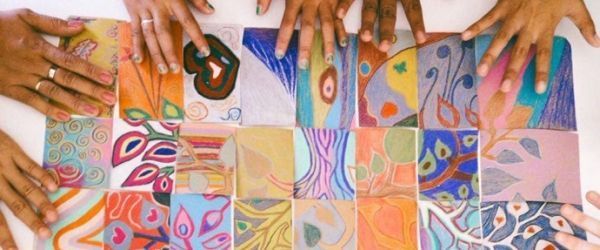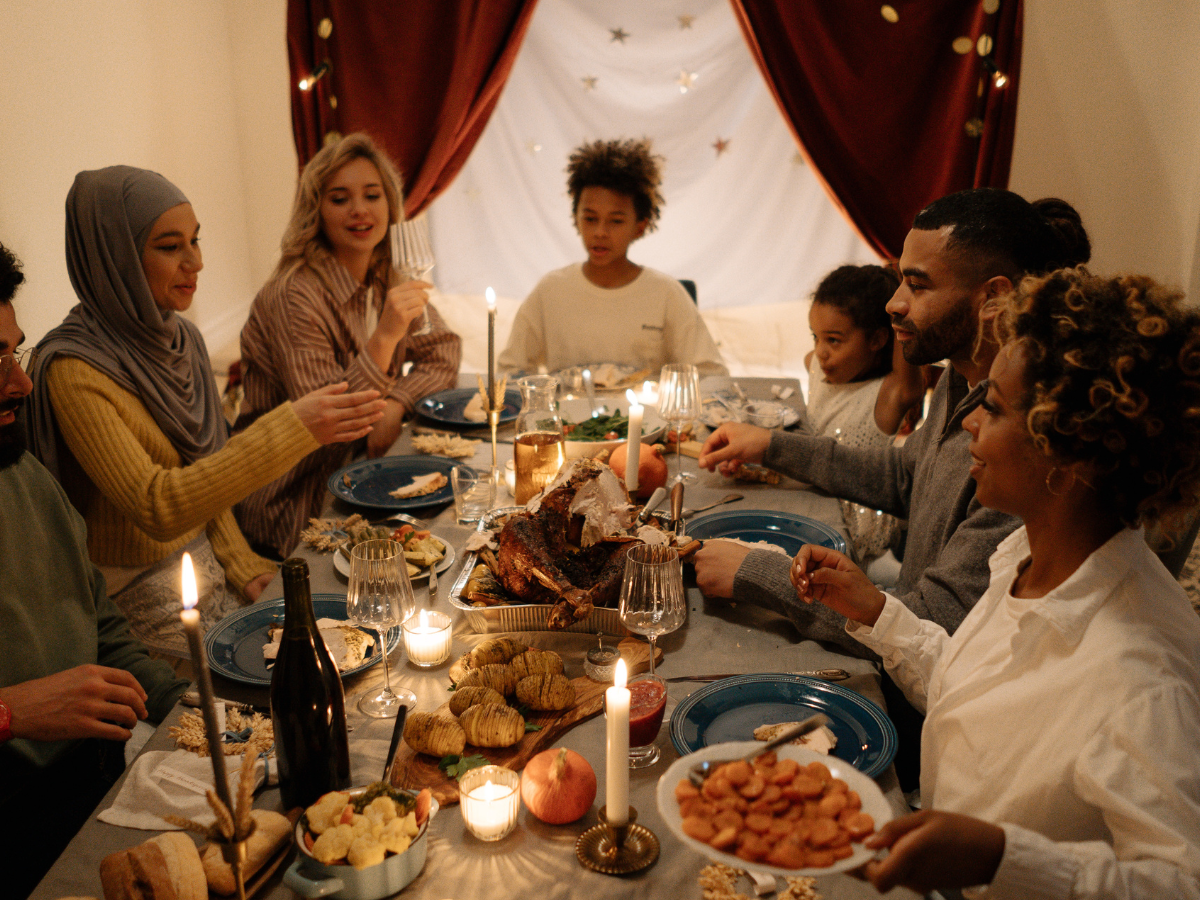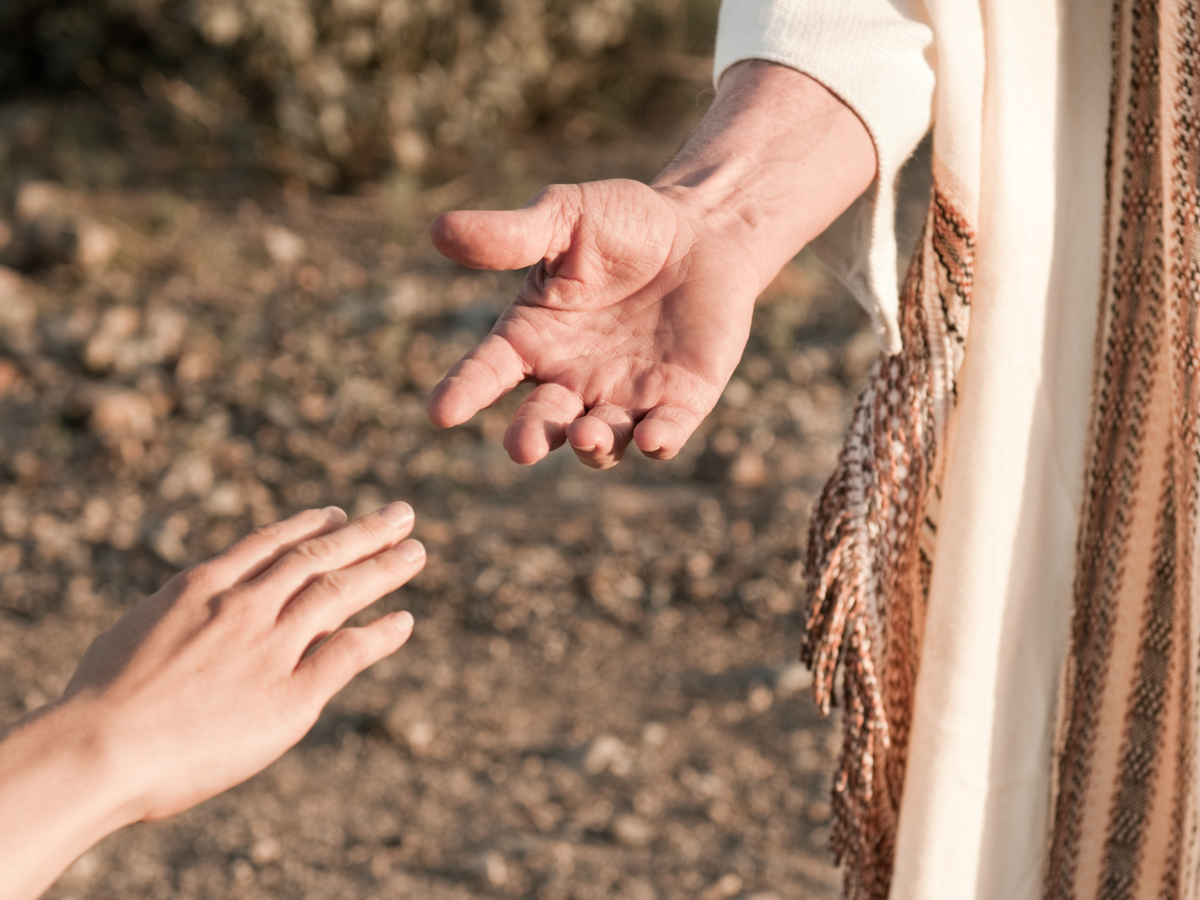
Missions internship: What small things has God given you?
By Stephanie — Sometimes, the common ground that connects you to another person isn’t what you expect. For me and my Miga friends, it was a bag of colored pencils. The pencils were one of the first items I stowed in my suitcase in preparation for my year interning with Team Hope in Southeast Asia. I brought them for myself, knowing that I would need a creative outlet while I adapted to a new culture. But God had bigger plans for me and my stubby pencils.
I was desperate to make Miga friends, so I started bringing the pencils to our campus student center every week and called it “Art Club.” We met for a few weeks, creating together. In the end, none of our art was perfect or award-worthy, but it was beautiful to watch my new friends in their processes, communicating things deeper than the shared language we possessed could go.
I was so proud of their work that I scotch-taped our final paper drawings up in the student center, making big colorful patches on a wall of all white. The students who came to my little club continued to return to the center for the rest of the year, never forgetting that the products of their own hands were now a bright part of this place that exists to serve them. It seemed as if their artwork was whispering to each of them, “You belong here. This place is for you.”
The next semester we created together one large image of a tree made up of many smaller pieces of paper, meant to show that our student center is a place of peace, where people from diverse backgrounds can work together as a team. The more art I did with the Miga students, the more I saw them open up, share deeply, find a sense of belonging, and build trust with our team.

I was impressed by the realization that beauty, creativity, and self-expression are deeply embedded in the Miga culture. I started ask questions about Miga and Muslim art, researching what they find to be beautiful. I observed the colors of the girls’ flowing scarves, and the artwork they printed to tape up in their dorm rooms. I learned that large Muslim celebrations were decorated in green, with details of silver or gold.
I taped up green and silver streamers for campus workshops. While images of people and animals are considered idolatrous, words carry beauty and power, especially written in Arabic. I asked a few of the female students to teach me the Arabic alphabet. We spent the next week together practicing Arabic calligraphy with shimmering metallic brush pens. They didn’t stop until the brushes went dry.
The deepest friendships God gave me with Miga girls sprung forth from the times we created together. Making art helped us to listen to each other and to see the world from each other’s perspectives. So, when we began studying the Bible together we were able to find common ground, and were all challenged to know and pursue God more. We studied stories from creation, to the fall of man, to Joseph and Moses. This all lead to beautiful conversations about Jesus! Art was the bridge between our worlds.
When I first joined Team Hope, I thought I knew how God was going to use me. Surely the Lord would use my big fancy college degree or years of work and volunteer experience. Instead he used my pouch of colored pencils.In some ways, I felt a lot like the little boy who offered his fish and bread to Jesus. To me it seemed so little. I felt childish and foolish. But God delights when we offer him all that we have, even the small things. And he wants to use them to show us his power and beauty, and to help us connect with people around us who need to know him.
What small things has God given you?
The path to missions can feel overwhelming! Our experienced mission coaches will walk alongside you every step of the way.

• Find out how you can become a SEND missionary.
• Explore where and how you can serve with SEND.
• Subscribe to Explore , our free monthly newsletter full of inspiration, ideas, and encouragement for people interested in discovering their role in cross-cultural missions .
Additional Posts




